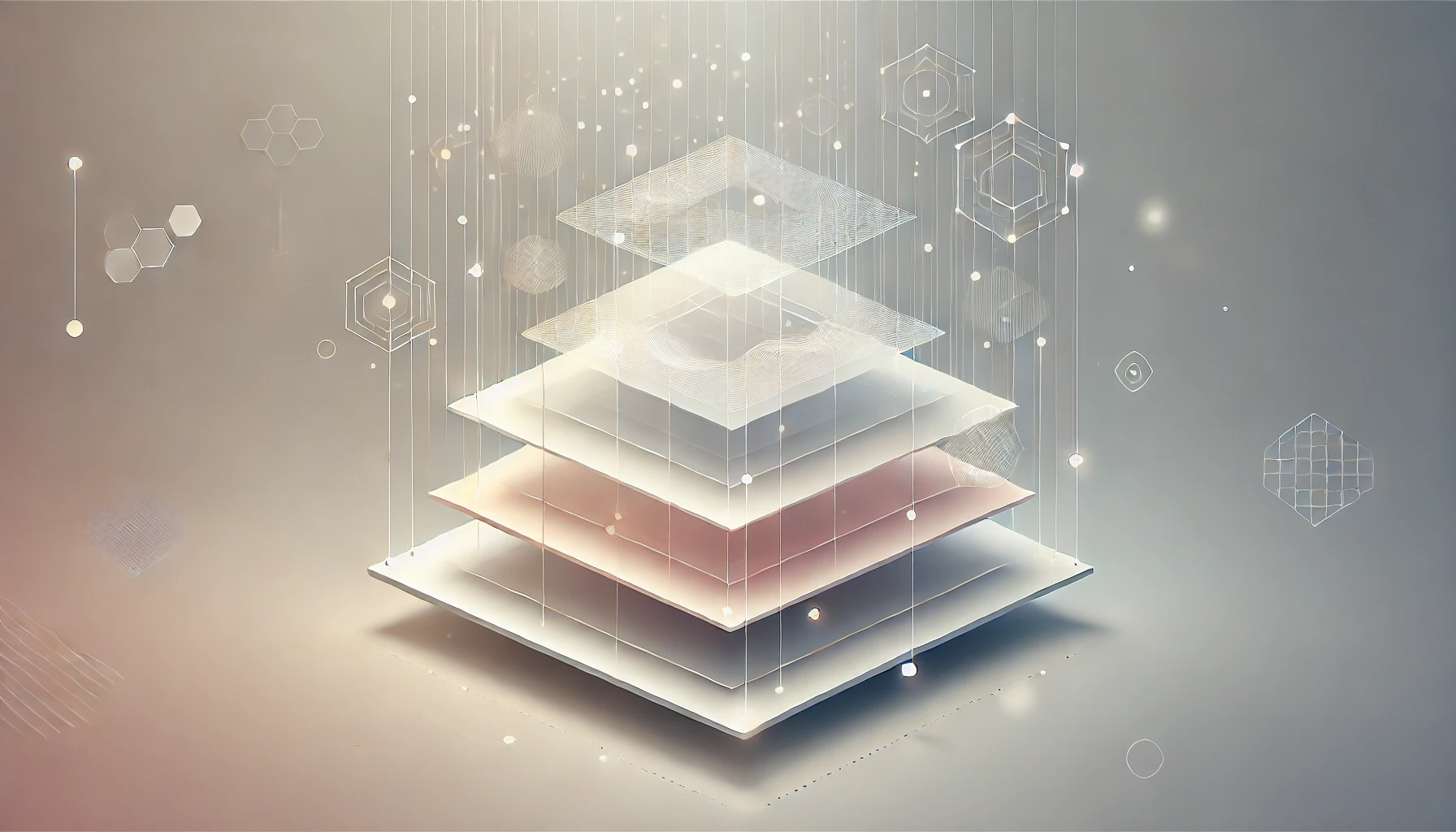How AI-Generated Memes Are Reshaping the 2024 Election—One Lion-Riding Trump at a Time
In the unpredictable rollercoaster of American politics, there’s a new twist: AI-generated memes. Yes, you heard that right. The 2024 election is seeing an influx of digital creations so bizarre, they make the "Florida Man" headlines look like serious journalism. What started as innocent fun has evolved into a powerful (and sometimes hilariously absurd) tool that could shape the political landscape in ways we’ve never seen before. Buckle up, because this isn’t just about deepfakes anymore—this is meme warfare, AI-style.

From Taylor Swift to Stormtroopers: The Wild World of AI Memes
Let’s start with the visual stunner that recently made the rounds: an AI-generated image of former President Donald Trump astride a lion. Think Aslan from Narnia but with more spray tan. This image, which first appeared on X (the social media platform formerly known as Twitter), was reposted by Trump on his Truth Social account, accompanied by a barrage of other AI-generated images. Among them was a surreal depiction of Trump jamming on a guitar alongside a Star Wars stormtrooper. If this isn’t peak 2024, I don’t know what is.
But the pièce de résistance was an image of pop sensation Taylor Swift in an Uncle Sam outfit, proudly endorsing Trump with a message as fake as a three-dollar bill. Swift, who actually endorsed Joe Biden in 2020, hasn’t endorsed anyone this election cycle, making the image’s claim not just misleading but downright ludicrous. Yet, it circulated like wildfire, illustrating how AI-generated content can spread misinformation faster than a cat video.
Trump, never one to shy away from controversy, eventually acknowledged the images were fake. But that didn’t stop him from playing the victim, claiming he’s been the subject of AI-generated fakes himself. In a twist of irony thicker than molasses, Trump’s campaign did not comment on whether they find these digital creations problematic. Spoiler: They don’t.

AI Memes: The New Political Weapon of Choice
Let’s get one thing straight: These AI-generated images aren’t just for giggles. They’re part of a broader strategy to weaponize humor, satire, and absurdity in politics. Remember when memes were just about sharing funny cat pictures? Those were the good old days. Now, memes are potent political tools that can sway public opinion, mock opponents, and rally the base.
Brendan Nyhan, a political science professor at Dartmouth College, sums it up nicely: “AI in particular is good at taking ideas or claims made in text and turning them into metaphorical representations.” In other words, AI can take your wildest political fantasy and make it look like reality—or at least a convincing parody of it.
Take, for instance, the AI-generated image of Vice President Kamala Harris delivering a speech in front of a Soviet-style hammer-and-sickle flag. This image, also shared by Trump, is the digital equivalent of a political cartoon but with an added layer of tech-savvy deception. It’s not meant to be taken literally, but it serves a purpose: to reinforce the ideological divides between political factions. It’s chum for those who feed on a steady diet of slanted news, reinforcing their existing beliefs with each scroll.
The Humor (and Danger) of AI-Generated Content
At first glance, these AI memes might seem like harmless fun—a digital-age equivalent of political cartoons. However, the humor masks a more insidious potential. As these images become more realistic, they blur the line between satire and reality, making it increasingly difficult for the average social media user to tell the difference. And when the truth is harder to discern, misinformation thrives.
We’ve already seen AI-generated content used in more malicious ways. Earlier this year, an AI-generated robocall impersonating President Biden urged Democrats not to vote in New Hampshire’s primary. And let’s not forget the infamous “deepfake” videos, which can make anyone appear to say or do things they never did. The line between a meme and a deepfake is getting thinner by the day, and that’s a cause for concern.
As Hany Farid, a professor at UC Berkeley who specializes in image forensics, puts it: “If you constantly see fake images that look really compelling and highly photorealistic, are you then less likely to believe the real ones? Do you start to doubt everything?” It’s a digital version of “The Boy Who Cried Wolf,” but instead of a wolf, we have a plethora of AI-generated Trumps, Swifts, and Harris clones.

The AI Meme Ecosystem: A Playground for the Politically Inclined
It’s worth noting that AI-generated memes are not the work of professional campaign strategists but rather the product of enthusiastic supporters who have embraced new AI tools. These tools, like DALL-E and ChatGPT, from OpenAI, allow anyone with a keyboard and a wild imagination to create images that range from the hilarious to the disturbing. While OpenAI has tried to put some guardrails in place—like prohibiting images of public figures—the genie is out of the bottle.
And then there’s X’s new AI image generator, Grok, which seems to operate with even fewer restrictions. When NPR tested it, the tool readily produced images of Trump and Harris wielding firearms and stuffing ballot boxes. The ease with which these images can be created and shared is both astounding and alarming, raising serious questions about the role of AI in future elections.
But it’s not just about the images themselves. It’s about the environment they create. When you’re bombarded with a mix of real and fake images, it becomes harder to trust what you see. And that’s precisely the point. By flooding social media with AI-generated content, the goal isn’t necessarily to convince you of a specific falsehood but to make you doubt everything, including the truth.
The Future of Political Memes: More Chaos, Less Clarity
As we hurtle towards the 2024 election, it’s clear that AI-generated memes are here to stay. They’ll continue to evolve, becoming more sophisticated and, likely, more divisive. The real question is: How will voters navigate this new digital landscape? Will they become savvier, developing a sixth sense for spotting fakes? Or will they fall further down the rabbit hole of misinformation, where nothing is real, and everything is possible?
The stakes couldn’t be higher. As Daniel Weiner, director of the elections and government program at the Brennan Center for Justice, warns, the most dangerous AI-generated content won’t just mock candidates but could suppress votes by spreading false information about polling places or voter registration. It’s not just about making a candidate look bad; it’s about undermining the entire electoral process.
In this brave new world of AI-generated memes, we need to be more vigilant than ever. Sure, laugh at the absurdity of a lion-riding Trump or a guitar-playing stormtrooper. But also be aware of the darker implications of these digital creations. Because in the end, the 2024 election might be decided not just by votes but by memes—and that’s no laughing matter.





















Post Comment
You must be logged in to post a comment.